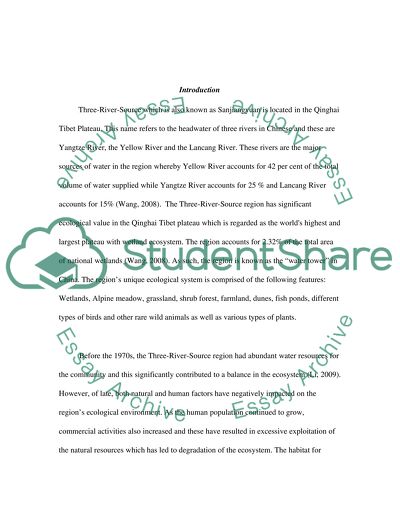Cite this document
(“Three-river-sources ecological environment protection Essay”, n.d.)
Retrieved from https://studentshare.org/environmental-studies/1420719-three-river-sources-ecological-environment-protection
Retrieved from https://studentshare.org/environmental-studies/1420719-three-river-sources-ecological-environment-protection
(Three-River-Sources Ecological Environment Protection Essay)
https://studentshare.org/environmental-studies/1420719-three-river-sources-ecological-environment-protection.
https://studentshare.org/environmental-studies/1420719-three-river-sources-ecological-environment-protection.
“Three-River-Sources Ecological Environment Protection Essay”, n.d. https://studentshare.org/environmental-studies/1420719-three-river-sources-ecological-environment-protection.


